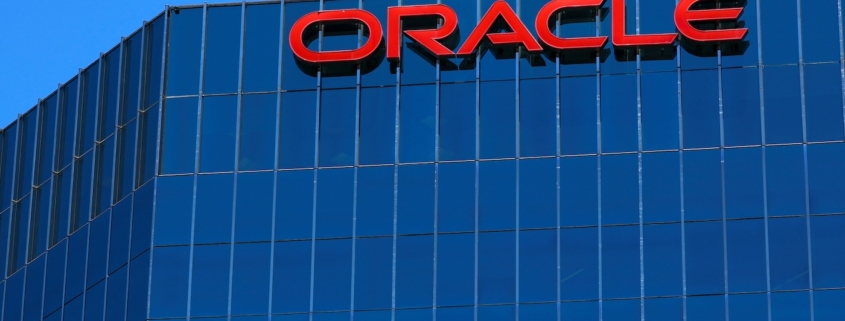Oracle Q1 FY2026 Results: Cloud Growth Soars, Legacy Software Slips
Oracle released its Q1 FY2026 earnings, showing a sharp divide between fast-growing cloud services and declining traditional software.
Total revenue hit $14.9B, up ~12% year-over-year in USD (~11% in constant currency). At first glance, that looks strong. But a closer look reveals a split story: cloud and SaaS are driving growth, while legacy license revenues are eroding.
Oracle’s Cloud Business Accelerates
Cloud revenues (IaaS + SaaS) surged ~28% YoY, with Infrastructure-as-a-Service (IaaS) skyrocketing ≈55% YoY.
That momentum positions Oracle as a serious challenger in a hyperscaler market historically dominated by AWS, Microsoft Azure, and Google Cloud.
SaaS continues to act as Oracle’s dependable engine, while IaaS is now the breakout growth story. This dual strength shows Oracle isn’t just shifting to the cloud — it’s racing there.
Traditional Software Weakens
Not all lines were positive. Traditional software revenues slipped ~1–2% YoY.
This decline reflects a broader migration trend: customers abandoning license-based models in favor of cloud-native and SaaS platforms. While SaaS carries strong margins, IaaS expansion requires heavy capital investment in data centers and global infrastructure — creating risk if profitability lags growth.
Why It Matters for SaaS CFOs and FP&A Leaders
Oracle’s Q1 FY2026 is a case study in the trade-offs finance leaders face:
-
Growth vs. capital intensity: IaaS requires high upfront investment with longer payback.
-
Margin migration: As revenue shifts, profit pools change — legacy margins vanish faster than new ones scale.
-
Forecasting challenges: Old models don’t capture the economics of recurring SaaS vs. capital-heavy infrastructure.
The Schlott Company’s Perspective
At The Schlott Company, we help SaaS CFOs model these very dynamics. Oracle’s results are a reminder:
-
Your growth engine often cannibalizes your legacy one. Plan ahead.
-
Capital structure must match strategy. Infrastructure bets reshape cash flow and ROI timelines.
-
Governance must evolve. Variance analysis from the license era won’t steer a subscription-plus-infrastructure future.
Bottom Line
Oracle’s Q1 FY2026 results prove the cloud is now its defining growth story. The company’s challenge isn’t finding revenue — it’s scaling cloud profitably while legacy declines accelerate.
If Oracle succeeds, it joins AWS, Microsoft, and Google as a true fourth hyperscaler. If not, it risks margin erosion that no topline growth can cover.
For SaaS finance leaders, the message is clear: growth only works if you can afford the cost of the growth.









